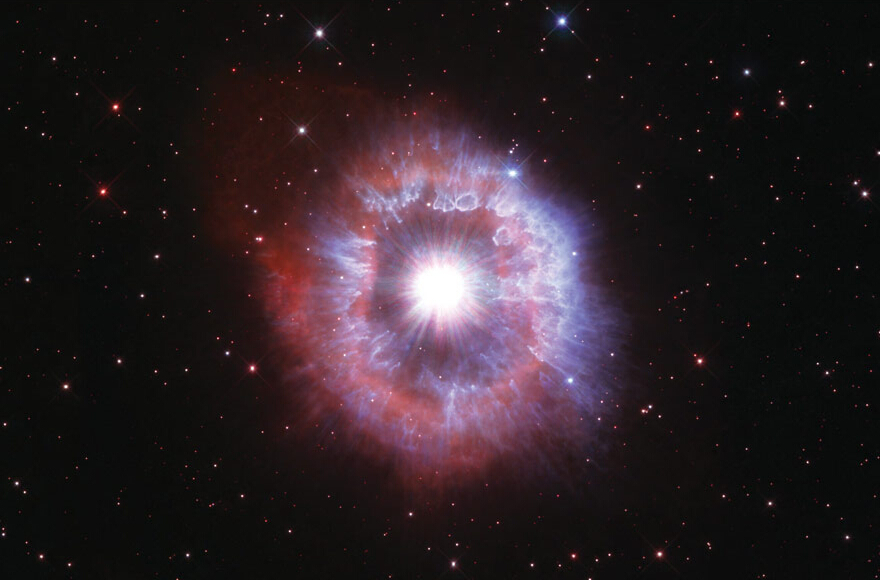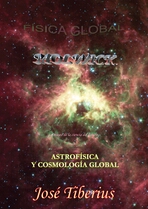Appendix
UMBRELLA
(Universal Measurement
Background Relativistic Effects
Low-Level Analysis)
A-1. Introduction
Current Astrophysics poses a series of unknowns demanding new elements or a review of both General Relativity and Quantum Mechanics. In addition, these elements could help achieve both theories’ desired compatibility.

It is about understanding the causes of the expansion of the universe and the mechanisms regarding movement and gravity. In this sense, we propose optimizing the planetary orbits’ adjustment considering the force of gravity of all the mass-energy involved and the path of the entire system that may exist.
The main quantitative element to explain the observed anomalous precessions of planetary orbits is the gravity force derived from kinetic energy.
The kinetic energy depends on the reference frame and has a non-linear character for speed. It could be possible to determine whether a reference frame is producing a better fit for the General Relativity model in an expanding universe context or any other theory with similar settings like Global Physics.
Note that the reference frame locally associated with the universe's expansion would not be in solidarity with the Solar system.
A positive result would offer the optimal vectorial orientation to the Solar system, either due to the universe’s expansion or for any reason not directly related to the universe’s development, such as, in the unexpected case, the movement of the CMB.
This article is very complex because it covers various advanced physical and mathematical topics. Consequently, we omit formulas or equations since they would only contribute to more incredible difficulty in following the reasoning. In addition, they are on Wikipedia and other pages of this same book or the other Global Physics books at https://molwick.com/es/materia/117-fisica-global.html
Likewise, given the difficulty of the study, possible specific errors are not ruled out. In any case, the objective of UMBRELLA is to contribute ideas for obtaining adequate scientific evidence.
The UMBRELLA - Universal Measurement Background Relativistic Effects Low-Level Analysis report has four sections for a better understanding.
-
Introduction.
A previous analysis of circular and elliptical orbits
We comment on the current situation of the so-called anomalous precessions and the difficulty of calculating the numerous factors in the adjustment of planetary orbits.
-
An improved model to confirm the hypothesis that the universe’s expansion can affect planetary orbits if it has a specific spatial orientation with the considered system.
The current explanation of the anomalous precession may not be entirely correct since it does not seem to be due simply to an increase in the force of gravity derived from kinetic energy. It would also need an asymmetric distribution for the direction of the central mass.
A greater understanding of the constant G since it is affected by the kinetic energy in a solidary system with the central mass to a different frame of reference.
The fourth section deals with the universe expansion’s effects on the orbit of stars and the movement of galaxies.
Finding a relationship between the stars’ orbits and the universe’s expansion would simultaneously explain dark energy and matter.
